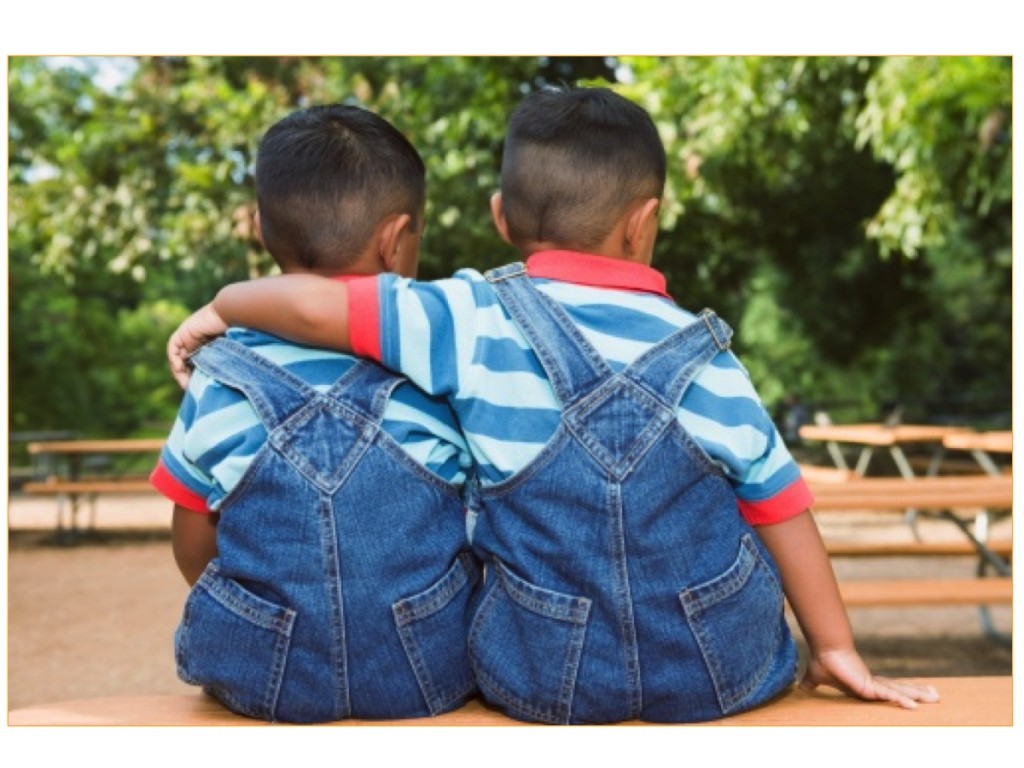
Children’s understanding of emotions grows with age and experience. Adults play an important part in helping children understand emotions. Research has shown that parents who talk about emotions more frequently and explain emotional experiences tend to have children with more elaborate and accurate understandings of emotions. Adults give meaning to the emotions children see and experience when they talk about them.
Language development provides children with a new way to understand and express how they feel. Rather than crying or throwing a toy, children can use language to share emotions such as “I feel sad” or “I feel mad.” Eventually, children will be able to describe how other people feel and why. They will understand more complex emotions such as disappointment, shame and pride.
Social-emotional development is inseparable from cognitive development. Cognitive development gives children the skills to accomplish more complex emotional tasks. An example is the ability to take another person’s perspective. A 1-year-old does not fully understand that another person can have different wants and desires from them. By the time children are ready for school they have a very rich and explicit grasp of the idea that two people can feel differently about the same thing. They will often offer spontaneous “explanations” for what they feel and what someone else feels and why the two are different. (See Module 4 for a description of children’s developing theory of mind).
Being able to understand and respond to other people’s emotions is crucial for the development of empathy. Cognitive development enables a child to acknowledge and empathize with a peer’s emotion. It also allows a child to think of ways to help his peer manage her emotions. Thus, understanding emotions is essential for children’s social development. This includes making and keeping friends. Children learn how their words, thoughts and actions might affect other people.
It is through strong relationships and communication that we see the emergence of emotion understanding, self-awareness and self-regulation. These are skills that support children throughout life as they develop from crying newborn to the emotionally sensitive kindergartener.
-
- Dyadic interaction
- a back-and-forth exchange between caregiver and child
- Self-regulation
- the ability to control our behaviors, emotions, and impulses
- Social emotional development
- learning to express and manage emotions and form positive relationships
- Social referencing
- looking to an adult for emotional information in an uncertain situation
- Triadic interaction
- a back-and-forth exchange between caregiver, child, and object